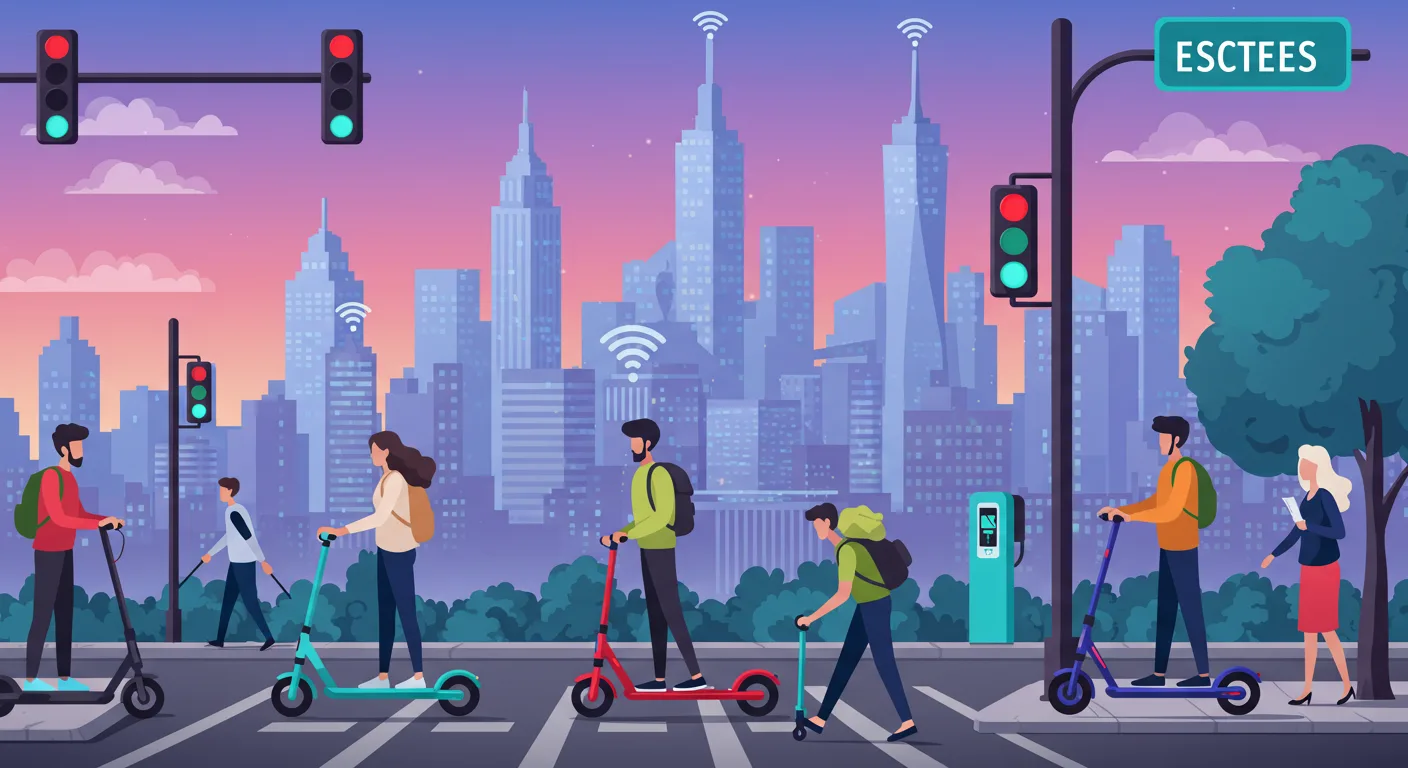1- Electric Scooters in 2025: Why Their Popularity Is Skyrocketing

The electric scooters (e-scooters) market is experiencing explosive growth in 2025, transforming urban mobility worldwide. According to industry reports, the global e-scooter market is projected to reach $45 billion by 2025, driven by increasing demand for sustainable and affordable transport solutions.
So, why are e-scooters taking over the streets?
- Increased Urbanization: Over 56% of the global population now lives in cities, making micro-mobility solutions essential to reducing congestion.
- Rapid Adoption of Shared Mobility: Companies like Lime, Bird, and Tier have expanded their fleets, offering millions of rides daily.
- Government Support: Many cities are actively promoting e-scooters as an alternative to cars by investing in dedicated lanes and offering incentives.
- Advancements in Battery Technology: The latest e-scooter models now have up to 80 km (50 miles) of range, making them viable for longer commutes.
- Smart Features & Connectivity: Modern e-scooters come equipped with GPS tracking, IoT-based theft protection, and mobile app integration for seamless usage.
As traffic congestion worsens and public transportation struggles to meet demand, e-scooters provide a practical, efficient, and fun solution for commuters worldwide.
2- Cost Savings: How E-Scooters Cut Down Transportation Expenses
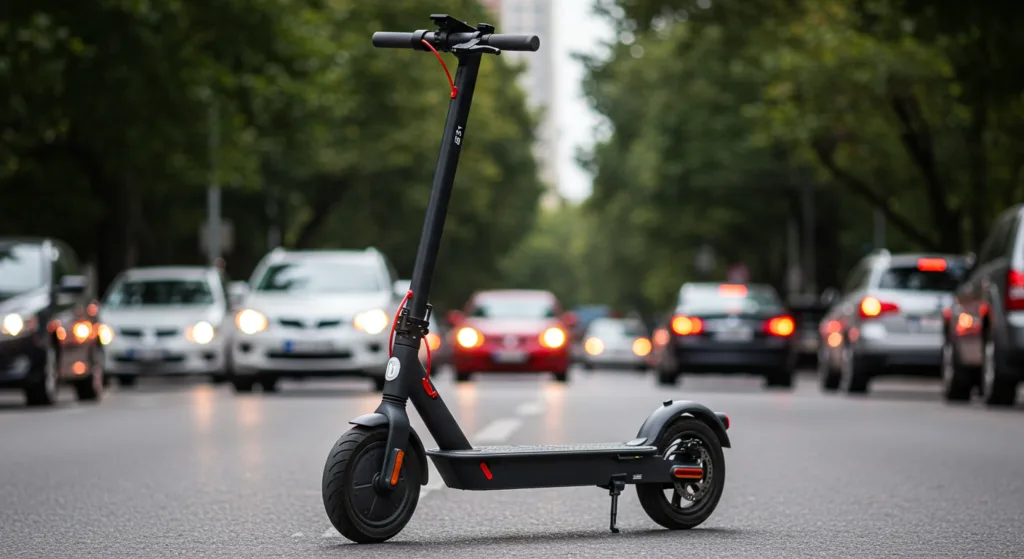
With rising fuel costs and increasing transportation expenses, e-scooters have emerged as a budget-friendly alternative for daily commuters. Here’s why they make financial sense in 2025:
1. Lower Upfront Costs Compared to Cars & Motorbikes
- The average cost of a high-quality e-scooter ranges between $500 and $2,000, compared to $20,000+ for a new car.
- Many cities offer subsidies or tax incentives for purchasing electric mobility devices, reducing initial expenses.
2. Minimal Maintenance & Repair Costs
- E-scooters have fewer moving parts than cars, meaning lower chances of mechanical failure.
- Annual maintenance costs for an e-scooter average $50–$100, compared to $1,000+ for a car (including oil changes, tires, and servicing).
3. Reduced Fuel & Energy Costs
- Charging an e-scooter costs around $0.30 to $0.50 per full charge, whereas a full tank of gas can cost $40–$80.
- Over a year, an e-scooter user spends less than $50 on electricity, while an average driver spends over $1,500 on fuel.
4. No Insurance or Registration Fees (in Many Regions)
- Unlike cars, most e-scooters don’t require insurance or registration, leading to additional cost savings.
- In the U.S. and Europe, many e-scooters fall under “light electric vehicle” regulations, exempting them from hefty fees.
5. Affordable Subscription & Rental Options
- Shared e-scooter services charge as low as $1 per ride + $0.15 per minute, making them cheaper than taxis or rideshares.
- Monthly subscriptions (e.g., Lime and Bird Passes) offer unlimited rides for $30–$50 per month, significantly cutting down transport expenses.
For commuters looking to save thousands of dollars annually, switching to an electric scooter is a financially sound decision.
3- Eco-Friendly Commuting: Why E-Scooters Are Reducing Carbon Footprints

The environmental benefits of e-scooters are a major reason for their increasing popularity. As the world moves towards greener transport, e-scooters are proving to be a low-emission alternative that helps combat climate change.
1. Zero Tailpipe Emissions
- Unlike cars and motorcycles, e-scooters produce zero direct CO₂ emissions.
- A typical gas-powered car emits 4.6 metric tons of CO₂ per year, while an e-scooter emits virtually none.
2. Energy-Efficient Transportation
- E-scooters consume less than 1 kWh per 100 km, making them one of the most energy-efficient transport modes.
- The average electric car (EV) consumes 15-20 kWh per 100 km, making e-scooters 15x more efficient.
3. Reduction in Urban Air Pollution
- Cities with high e-scooter adoption, like Paris, Berlin, and Los Angeles, report improved air quality due to fewer short car trips.
- A study found that replacing just 20% of short car trips with e-scooters can reduce urban CO₂ emissions by 15%.
4. Sustainable Materials & Recycling Initiatives
- Newer e-scooters are built with recyclable aluminum frames and long-lasting lithium batteries.
- Companies like Tier and Lime are investing in battery recycling programs to minimize electronic waste.
5. Encouraging Multi-Modal Transport
- E-scooters integrate well with public transport systems, reducing the need for car ownership.
- Many riders use them for “last-mile” commutes, helping cut down unnecessary vehicle emissions.
With sustainability becoming a global priority, e-scooters are playing a crucial role in reducing carbon footprints and making cities cleaner.
4- Urban Mobility Revolution: E-Scooters Ease Traffic Congestion
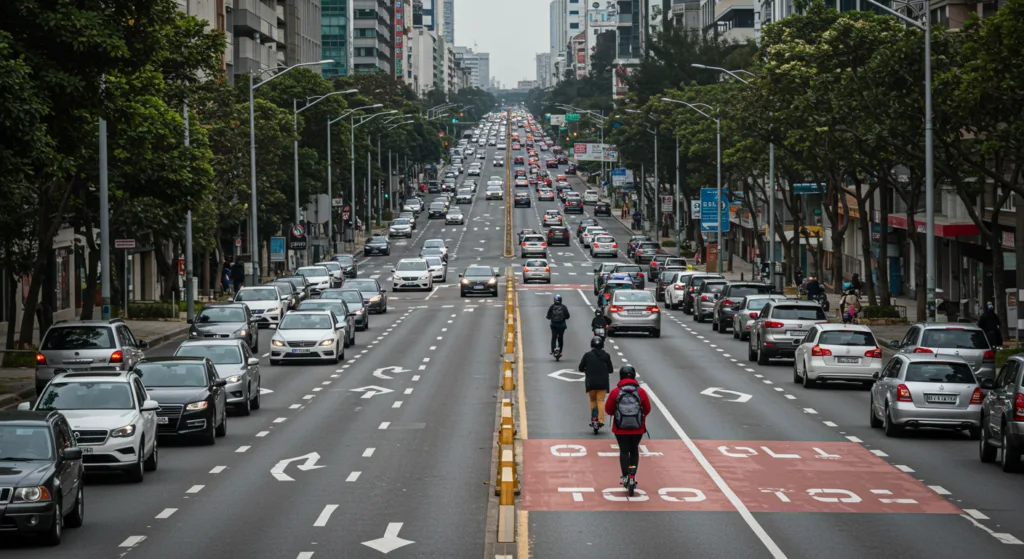
With urban populations growing rapidly, cities worldwide are facing unprecedented levels of traffic congestion. According to the 2024 TomTom Traffic Index, major cities like Los Angeles, Paris, and London experience an average daily congestion level of 40-50%, meaning commuters spend hundreds of hours stuck in traffic every year.
E-scooters are changing this narrative by offering an efficient, congestion-free alternative for urban travel. Here’s how:
1. Faster and More Efficient Short-Distance Travel
- Over 60% of urban trips are under 5 km (3 miles)—a perfect distance for e-scooters.
- Scooters can navigate through congested areas 3x faster than cars in peak traffic conditions.
2. Less Dependence on Private Cars
- In cities with high e-scooter adoption, car ownership has declined by 8-10%.
- By reducing short car trips, e-scooters help free up road space, lowering traffic density.
3. Reduction in Ride-Hailing and Public Transport Overcrowding
- Ride-hailing services (Uber, Lyft) have been found to increase traffic by 30% in dense urban areas.
- E-scooters absorb a large share of these short rides, reducing the number of cars on the road.
- In cities like Berlin and Madrid, public transport crowding has decreased since the introduction of shared e-scooters.
4. Efficient Use of Road and Parking Space
- A single car parking spot can accommodate 10-12 e-scooters, optimizing city infrastructure.
- Dedicated e-scooter lanes reduce congestion by keeping micromobility separate from car traffic.
As more cities prioritize “15-minute cities” (where essential destinations are within a 15-minute ride), e-scooters are proving to be key in solving urban traffic problems.
5- Convenience and Accessibility: The Rise of Dockless Electric Scooters
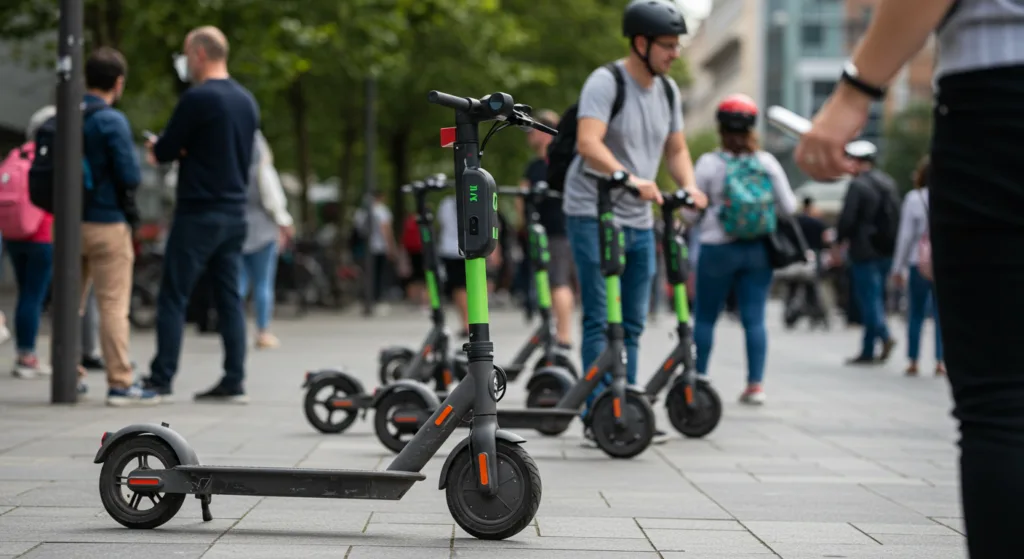
One of the biggest reasons for the e-scooter boom in 2025 is the dockless revolution, which has made shared mobility more convenient than ever. Unlike traditional bike-sharing systems that require fixed docking stations, dockless e-scooters can be picked up and parked anywhere within designated areas.
1. Instant Access via Mobile Apps
- Users can locate, unlock, and ride an e-scooter in under 30 seconds using apps like Lime, Tier, and Bird.
- Payment is seamless, with multiple options including credit cards, digital wallets, and even subscriptions.
2. Availability in More Cities & Neighborhoods
- By 2025, shared e-scooter programs have expanded to over 500 cities worldwide.
- Unlike bikes or public transit, e-scooters provide “first-mile and last-mile” solutions in suburban and less-connected areas.
3. No Need for Personal Ownership
- While personal e-scooters are popular, 80% of urban riders prefer shared models for flexibility.
- No maintenance, no charging hassle—just ride and park.
4. Smart Parking & Geofencing Technology
- Cities have implemented geofencing to prevent random sidewalk clutter, ensuring organized parking zones.
- AI-powered fleet management ensures that scooters are available where demand is highest.
5. Cost-Effective for Occasional Riders
- Dockless scooters cost $1 to unlock + $0.15 per minute, making them cheaper than taxis or public transport for short trips.
- Monthly passes offer unlimited rides for $30–$50, making it a budget-friendly commute option.
By eliminating the need for docks, e-scooters have made urban transport faster, easier, and more flexible than ever before.
6- Advanced Battery Technology: Longer Ranges and Faster Charging
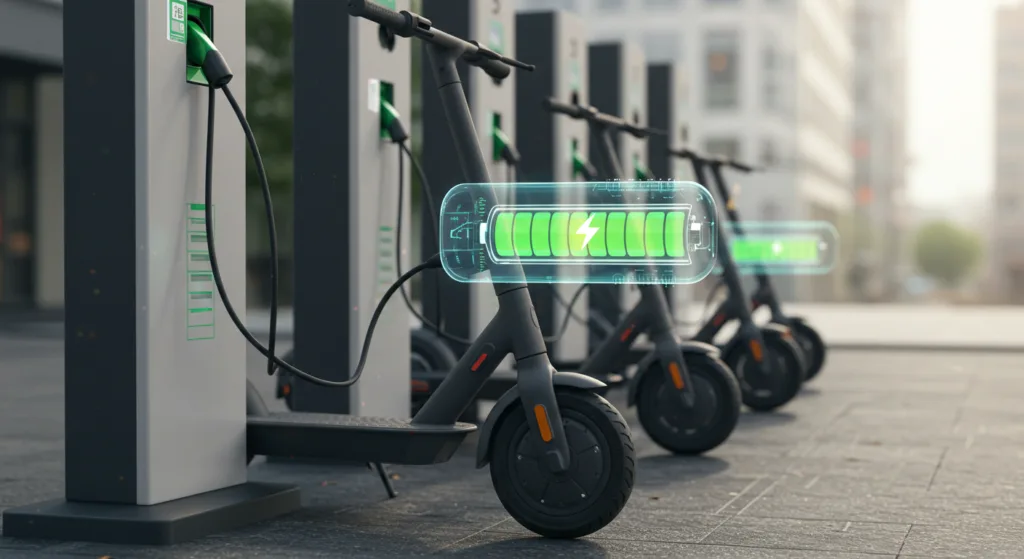
Battery technology has significantly improved in 2025, making modern e-scooters more powerful, longer-lasting, and faster-charging than ever before. The latest lithium-ion battery advancements are transforming how e-scooters perform in urban environments.
1. Extended Range for Longer Commutes
- Older e-scooters had a 15-25 km (10-15 miles) range; newer models now exceed 80 km (50 miles) per charge.
- This means users can rely on e-scooters for daily commutes without constant recharging.
2. Faster Charging Times
- Traditional e-scooter batteries took 5-8 hours to fully charge.
- New fast-charging technology allows for 80% charge in just 30 minutes and full charge in under 2 hours.
3. Higher Battery Lifespan
- Modern e-scooters use solid-state batteries, lasting 5-7 years, compared to 2-3 years for older lithium-ion models.
- Battery replacement costs have decreased by 40%, making e-scooters more cost-effective.
4. Swappable Battery Systems for Shared Fleets
- Companies like Lime, Tier, and Dott now use swappable batteries, allowing quick replacements instead of taking scooters offline for charging.
- This ensures higher scooter availability and less downtime.
5. Sustainability and Eco-Friendly Materials
- Many e-scooter manufacturers now use recyclable battery materials to reduce electronic waste.
- New battery designs produce 30% less environmental impact compared to previous models.
Thanks to these innovations, modern e-scooters are more efficient, sustainable, and practical for daily commuters, making them a game-changer in urban transport.
7- Smart Features: GPS, App Integration, and IoT in Modern E-Scooters
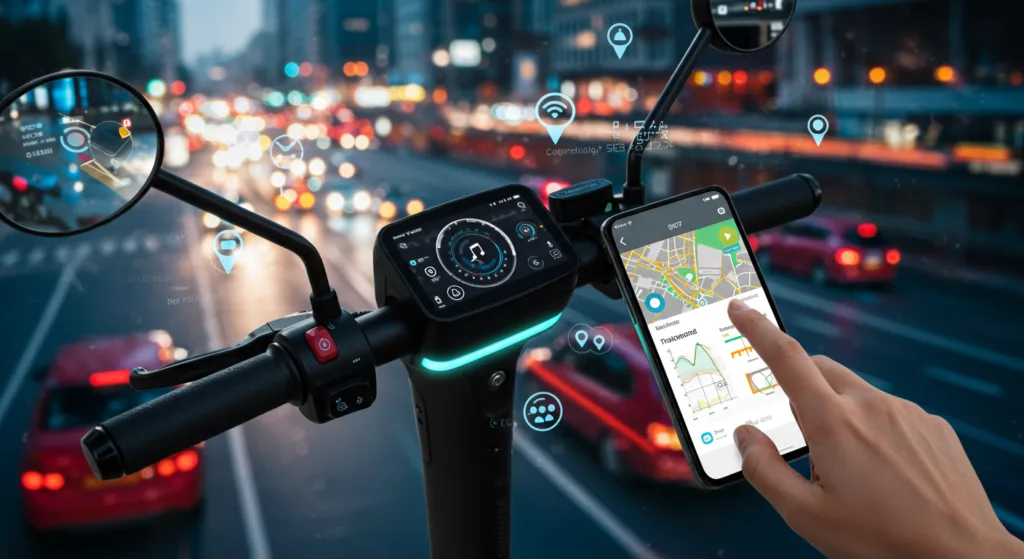
E-scooters in 2025 are more than just a means of transport—they are intelligent, connected devices. Thanks to IoT (Internet of Things), GPS tracking, and mobile app integration, modern e-scooters provide better security, efficiency, and convenience for riders.
1. Real-Time GPS Navigation & Tracking
- Most e-scooters now feature real-time GPS tracking, allowing riders to navigate efficiently and locate available scooters nearby.
- Fleet operators use GPS data to optimize scooter availability, ensuring high-demand areas are always stocked.
2. Mobile App Integration for Seamless Rides
- Users can unlock, start, and pay for rides using mobile apps like Lime, Tier, and Bird.
- Features like route suggestions, speed tracking, and ride history help improve the user experience.
3. IoT for Theft Protection & Remote Locking
- Anti-theft technology in e-scooters includes GPS-based immobilization and remote locking, reducing the risk of stolen scooters.
- If a scooter is moved without authorization, fleet operators receive an instant alert.
4. Smart Battery Management Systems (BMS)
- IoT-powered BMS monitors battery health, preventing overheating and extending battery life.
- Users can check battery levels in real time via apps, ensuring they never run out of charge mid-trip.
5. AI & Machine Learning for Ride Optimization
- Some high-end e-scooters use AI to analyze riding patterns, recommending eco-friendly routes that save battery life.
- Shared e-scooter fleets use predictive analytics to redistribute scooters based on demand trends.
These advanced smart features are making e-scooters safer, more efficient, and more user-friendly, pushing their popularity to new heights.
8- Government Support: Incentives and Regulations Favoring E-Scooters
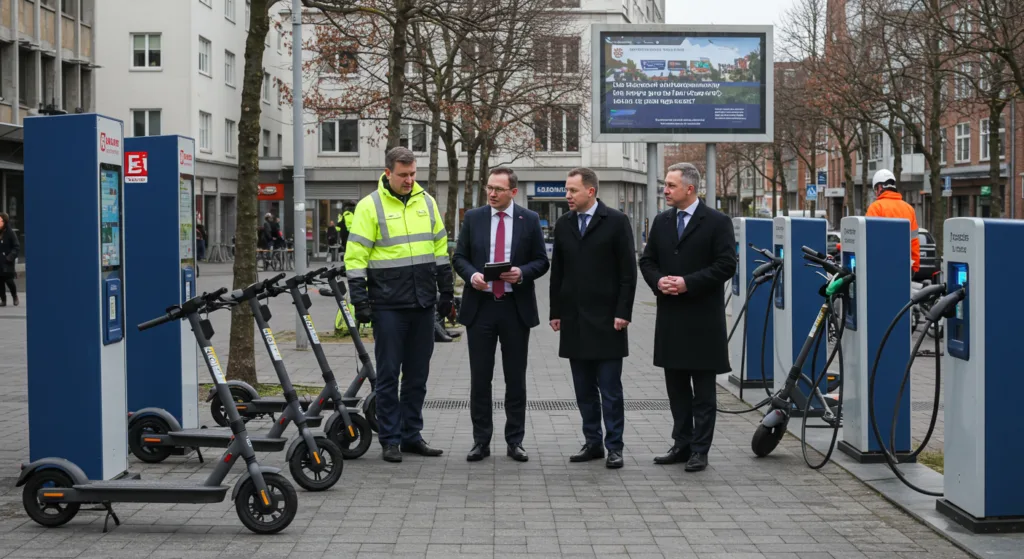
Governments worldwide are recognizing the benefits of e-scooters, implementing new policies, subsidies, and infrastructure investments to encourage adoption.
1. Financial Incentives for E-Scooter Buyers
- In countries like France, Germany, and Canada, governments offer rebates of $200–$600 for purchasing electric scooters.
- Some cities have reduced VAT rates on electric micro-mobility vehicles, making them more affordable.
2. Expansion of Bike & Scooter Lanes
- Major cities have increased dedicated micromobility lanes by over 30% since 2020.
- Paris invested €250 million into its Plan Vélo, creating hundreds of kilometers of scooter-friendly routes.
3. Legalization & Regulation Standardization
- Countries like Spain, the UK, and Australia have recently legalized e-scooter use in public spaces.
- Speed limits and helmet laws are being introduced to ensure safe riding practices.
4. Integration with Public Transport
- Many transit agencies are partnering with e-scooter companies to provide discounted rides for commuters.
- In Berlin and Chicago, users can now book e-scooter rides directly within public transport apps.
By offering financial benefits, better infrastructure, and regulatory clarity, governments are actively promoting e-scooters as the future of urban transport.
9- Health and Fitness Benefits: How E-Scooters Promote Active Lifestyles
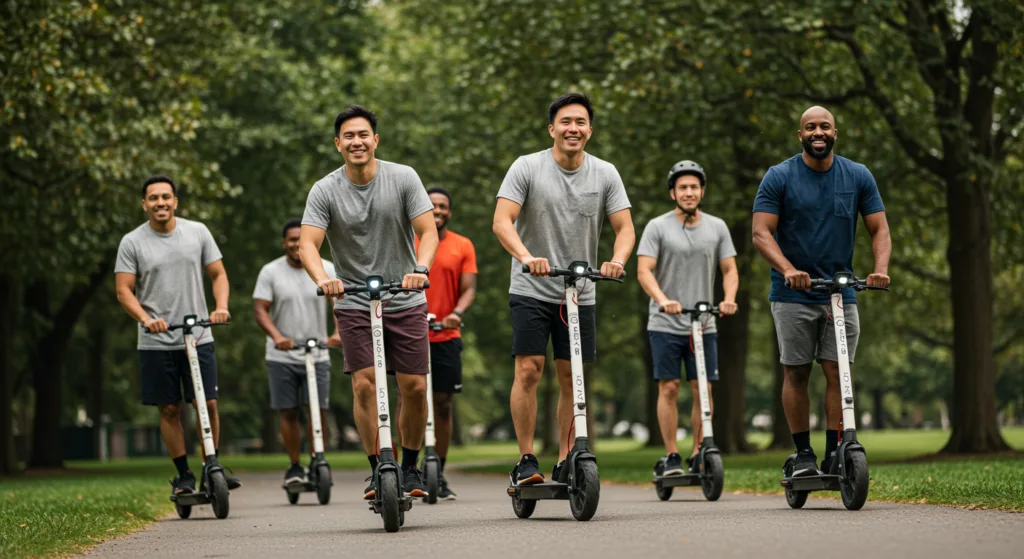
While e-scooters are not as physically demanding as bicycles, they still offer several health benefits by encouraging outdoor activity, balance, and core strength.
1. Encourages More Physical Activity
- Studies show that 60% of e-scooter users walk more during their trips compared to driving.
- Many riders use e-scooters to replace short car rides, leading to increased daily movement.
2. Improves Balance & Core Strength
- Riding an e-scooter engages core muscles to maintain balance.
- Subtle adjustments in body position help improve stability and coordination.
3. Reduces Stress & Promotes Mental Well-Being
- Outdoor commuting on an e-scooter allows riders to breathe fresh air and reduce stress levels.
- Compared to being stuck in traffic, an e-scooter ride provides a more enjoyable and relaxing travel experience.
4. Lower Carbon Emissions Improve Public Health
- By reducing car use, e-scooters help lower air pollution, decreasing risks of respiratory diseases.
- A study found that cities with high e-scooter adoption saw a 5-10% reduction in air pollution-related illnesses.
Using an e-scooter isn’t just about convenience—it also contributes to a healthier, more active lifestyle.
10- Last-Mile Connectivity: Solving the Public Transport Gap with E-Scooters
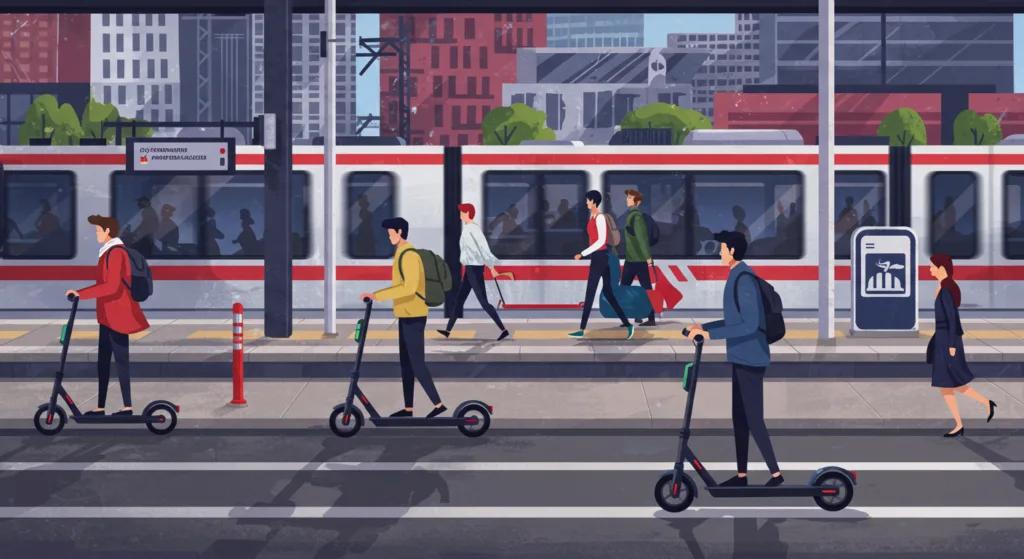
One of the biggest challenges in urban transport is the “last-mile problem”—the difficulty of reaching a final destination after using public transportation. E-scooters are filling this gap efficiently and affordably.
1. Ideal for Short-Distance Travel
- Most public transport stations are not within walking distance for many commuters.
- E-scooters bridge the gap by covering the 1-5 km (0.6-3 miles) distance to workplaces, schools, and homes.
2. Faster & More Flexible than Walking or Biking
- Walking from a metro station to an office may take 15-20 minutes—an e-scooter can reduce this to 5 minutes.
- Unlike bikes, e-scooters require no parking stations, making them more flexible.
3. Seamless Integration with Public Transit
- In cities like New York, London, and Singapore, e-scooter rental hubs are placed near train and bus stations.
- Some transit agencies now offer combined tickets, allowing riders to pay for metro + e-scooter rides in one fare.
4. Cost-Effective Alternative to Taxis & Ridesharing
- Instead of using Uber or Lyft for last-mile travel, commuters are saving $5-$10 per ride by choosing e-scooters.
- Monthly e-scooter passes make commuting even cheaper, costing $30–$50 instead of hundreds in taxi fares.
By solving the last-mile problem, e-scooters are making public transport systems more efficient and user-friendly, helping cities move toward a more sustainable, interconnected future.
As cities continue to evolve, electric scooters are proving to be a game-changer in urban transportation. From cost savings and eco-friendliness to smart technology and government incentives, e-scooters are reshaping the way people move. Their ability to ease traffic congestion, provide last-mile connectivity, and promote sustainable commuting makes them an essential part of the future of mobility.
Do you think e-scooters are the future of city travel? Share this article on social media and let’s keep the conversation going! 🚀🛴


